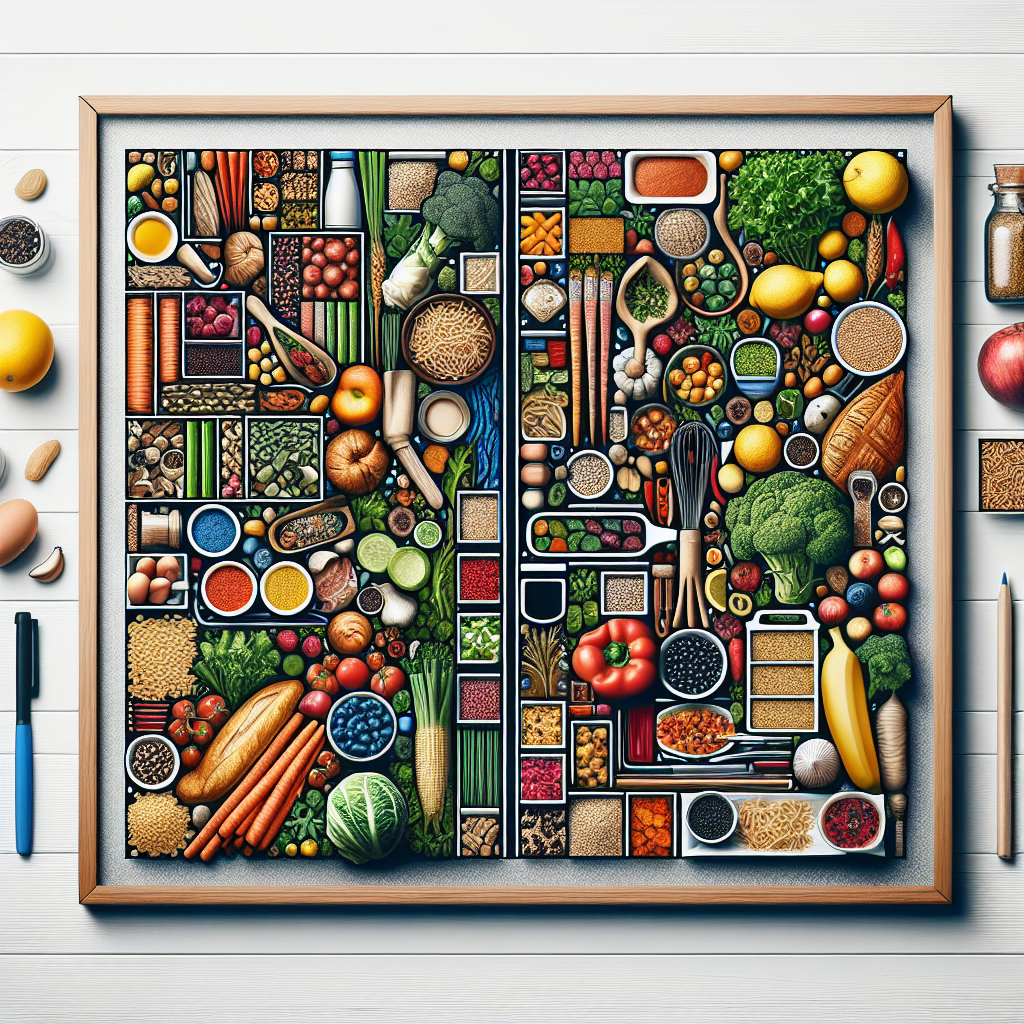Understanding Food Labels: Key to Healthy Eating
Understanding food labels is crucial for making informed choices when it comes to our diets. Food labels provide vital information about the nutritional content of the product, including serving sizes, calories, fats, sugars, and various nutrients. By understanding and properly interpreting food labels, consumers can make healthier choices, maintain a balanced diet, and reduce the risk of health issues such as obesity, heart disease, and diabetes.
When reading food labels, it’s important to pay attention to the serving size and the number of servings per container. Many people overlook this information and end up consuming more calories and nutrients than they realize. Understanding the % Daily Value can also help in evaluating the nutritional content of a product, as it indicates whether a food is high or low in certain nutrients.
Additionally, being able to recognize hidden sugars, unhealthy fats, and artificial additives in the ingredient list is essential for making informed food choices. This knowledge empowers consumers to opt for products that are lower in added sugars, trans fats, and artificial ingredients, contributing to an overall healthier diet.
In conclusion, understanding food labels is a key factor in promoting healthy eating habits. By utilizing the information provided on food labels, individuals can make more conscious decisions about their food intake, improve their overall health, and reduce the likelihood of nutrition-related health issues.
The Role of Nutrition Facts in Making Smart Food Decisions
Understanding the role of nutrition facts on food labels is crucial for making smart and informed food choices. Nutrition facts provide valuable information about the nutrients and ingredients in the food product, empowering consumers to make healthier decisions. By analyzing the nutrition facts, individuals can assess the calorie content, serving size, macronutrients such as fat, carbohydrates, and protein, as well as the presence of essential vitamins and minerals.
These details enable consumers to compare different products and choose foods that align with their dietary needs and health goals. For instance, someone aiming to reduce their sugar intake can easily identify high-sugar products by reviewing the label’s carbohydrate section. Similarly, individuals with specific dietary requirements, such as those following a low-fat or high-protein diet, can utilize the nutrition facts to select suitable items.
Moreover, understanding the role of nutrition facts empowers consumers to monitor their intake of nutrients that may impact their health, such as sodium, cholesterol, and added sugars. This knowledge plays a key role in promoting overall well-being and reducing the risk of diet-related diseases. By fostering awareness and sound decision-making, nutrition facts on food labels are instrumental in helping people take control of their diet and nutrition.
Decoding Food Labels: Empowering Consumers to Make Informed Choices
Decoding food labels is a crucial skill that empowers consumers to make informed choices about the foods they purchase and consume. Food labels provide valuable information about the nutritional content of a product, including serving size, calories, macronutrients, and micronutrients. By understanding how to read and interpret these labels, individuals can make healthier decisions regarding their diet and overall well-being.
One important aspect of decoding food labels is understanding the list of ingredients. This section provides insight into the components of the product, allowing consumers to identify any potentially harmful additives, allergens, or excessive amounts of sugar, sodium, or unhealthy fats. By being able to recognize these elements, individuals can opt for products with cleaner and more wholesome ingredient lists, promoting better health outcomes.
Furthermore, decoding food labels enables consumers to compare similar products and choose the ones that align with their dietary preferences and health goals. Whether it’s selecting foods lower in added sugars, higher in fiber, or with less saturated fat, the ability to decipher food labels empowers individuals to make choices that suit their nutritional needs and lifestyle.
In essence, the skill of decoding food labels plays a pivotal role in promoting a greater understanding of the nutritional value of food products. It equips consumers with the knowledge needed to make informed choices, ultimately contributing to improved dietary habits and overall health.





























